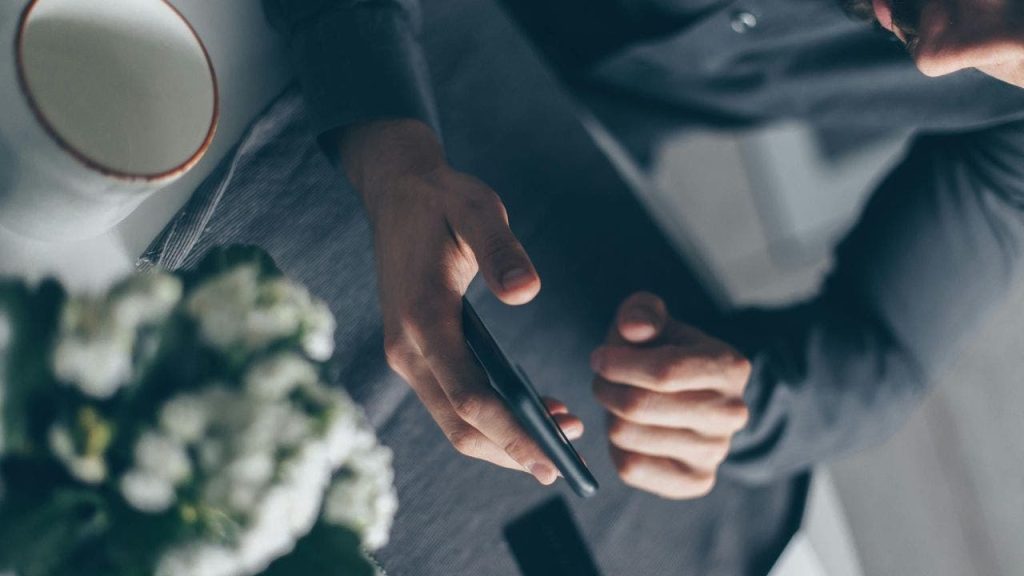In an increasingly digital world, where screen time continues to rise, concerns about the impact of constant phone usage have come to the forefront. Many users are seeking ways to reclaim their time and improve their well-being. This article outlines effective strategies for reducing phone screen time on both iPhone and Android devices, highlighting built-in settings and practical tips for healthier tech habits.
| Article Subheadings |
|---|
| 1) Understanding the Importance of Reducing Phone Usage |
| 2) iPhone Strategies for Limiting Screen Time |
| 3) Effective Techniques for Android Users |
| 4) Non-Technical Approaches to Cutting Screen Time |
| 5) Key Takeaways for a Healthier Digital Life |
Understanding the Importance of Reducing Phone Usage
The pervasive use of smartphones has consequences that many users may overlook. Studies have shown that excessive screen time can lead to disrupted sleep patterns, heightened stress levels, and impaired focus. While technology can be beneficial, setting boundaries is crucial for overall well-being. Why is reducing screen time important? Being more aware of how much time is spent glued to devices can help improve productivity and foster better relationships with friends and family. By consciously recognizing the impact that screens have on our lives, we can make informed decisions about when and how to disconnect.
iPhone Strategies for Limiting Screen Time
For iPhone users, Apple offers built-in features designed to facilitate screen time management, making it easier to break unhealthy patterns. One effective starting point is the Screen Time feature, which allows users to monitor app usage and set daily limits. How can you implement this? Begin by navigating to the Settings app on your iPhone. Once there, tap on Screen Time to view your daily and weekly usage reports. This feature gives you insight into which apps consume the most time.
Once you understand your usage, you can take control. To set limits, click on App Limits under the “Daily Average” section. Users can choose specific categories or individual apps to restrict. After tapping Add Limit, select a daily time limit (for example, one hour) and confirm the settings to establish boundaries that promote healthier habits.
Effective Techniques for Android Users
Android users are not left behind in the quest to reduce screen time. Android’s Digital Wellbeing tools allow for greater insight into app usage and how to manage it effectively. Similar to iPhone, users can track screen time and set limits on specific applications. To start, go to the Settings app and look for Digital Wellbeing and Parental Controls.
From there, you can view your screen time chart and a list of frequently used apps. For app-specific limits, select any app to see its usage details and tap Set timer to limit daily usage. Once the timer expires, the app will pause until the next day. Additionally, using the Focus Mode feature can temporarily halt selected distracting apps, allowing you to regain your focus.
Non-Technical Approaches to Cutting Screen Time
While adjusting settings on devices is a practical approach, several non-technical methods complement these changes. Simple shifts in behavior can significantly impact screen time. For example, changing where you keep your phone can minimize distractions. By leaving your phone in another room during meals or work, you reduce the temptation to check it constantly.
It’s essential to stop using your phone as a default filler when you’re bored or waiting. Instead of reaching for your device, consider engaging in non-digital activities like reading a book or meditating. Establishing no-phone zones in your home—such as the dinner table or bedroom—can reinforce boundaries, further encouraging reduced usage.
Key Takeaways for a Healthier Digital Life
Ultimately, reducing screen time is about reclaiming your attention and fostering a healthier relationship with technology. Both iPhone and Android devices offer robust tools that, when used effectively, can lead to a more balanced digital life. Users can ensure that they are enjoying technology without becoming enslaved by it. The responsibility lies with each individual to set realistic goals and gradually implement the changes necessary for a more fulfilling lifestyle.
As you take steps towards reducing screen time, remember to celebrate small victories along the way. Implementing these strategies doesn’t require drastic changes; instead, small, consistent adjustments can lead to long-lasting results.
| No. | Key Points |
|---|---|
| 1 | Excessive screen time is linked to various health issues. |
| 2 | iPhones feature a Screen Time tool for app management. |
| 3 | Android offers Digital Wellbeing tools to track usage and limit app access. |
| 4 | Environmental changes and behavior shifts can aid in reducing screen time. |
| 5 | Consistency in applying these strategies can lead to long-term success. |
Summary
As technology continues to thrive in our daily lives, forming healthier digital habits becomes increasingly essential. Understanding the importance of reducing phone usage, utilizing built-in tools effectively, and applying non-technical strategies contribute to a balanced relationship with devices. By implementing these changes and remaining accountable to oneself, users can pave the way for a more positive and productive lifestyle.
Frequently Asked Questions
Question: What is the Screen Time feature on iPhones?
The Screen Time feature allows iPhone users to monitor their app usage, set daily limits, and establish boundaries for healthier tech habits.
Question: Are there similar features for Android devices?
Yes, Android devices come equipped with Digital Wellbeing tools that allow users to track their screen time, limit app usage, and customize focus settings.
Question: How can people reduce screen time without using device settings?
People can reduce screen time by changing where they keep their phones, creating no-phone zones, and engaging in non-digital activities during idle moments.


